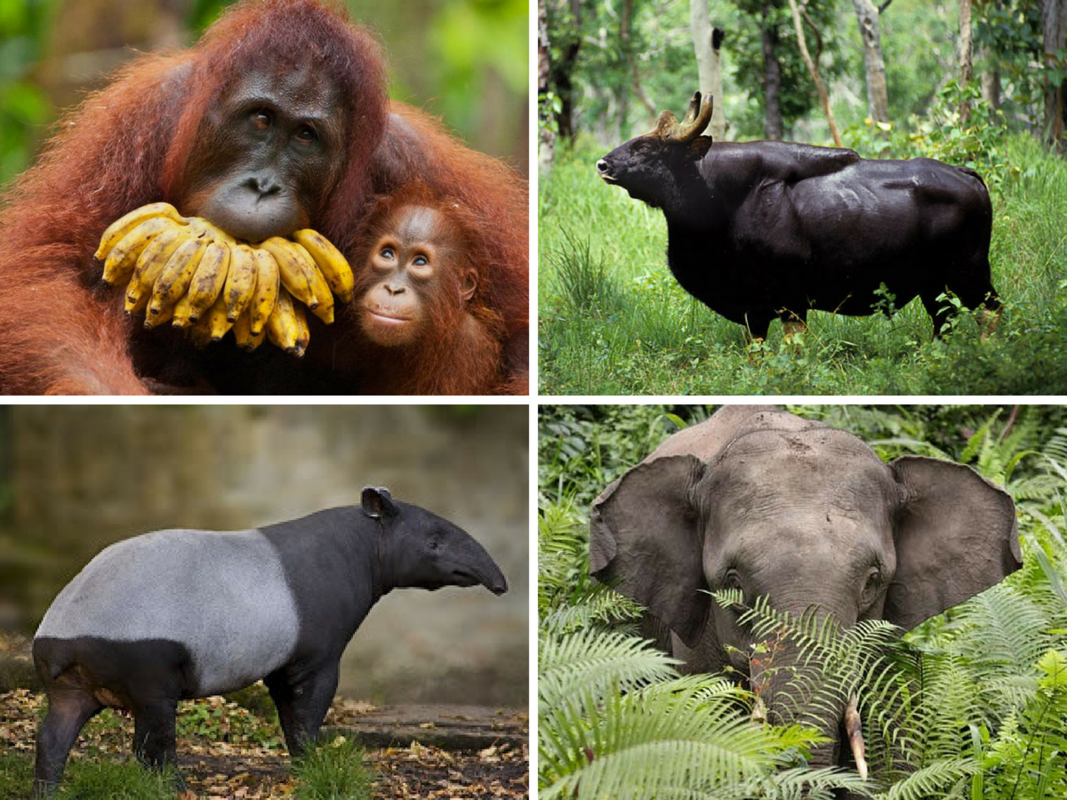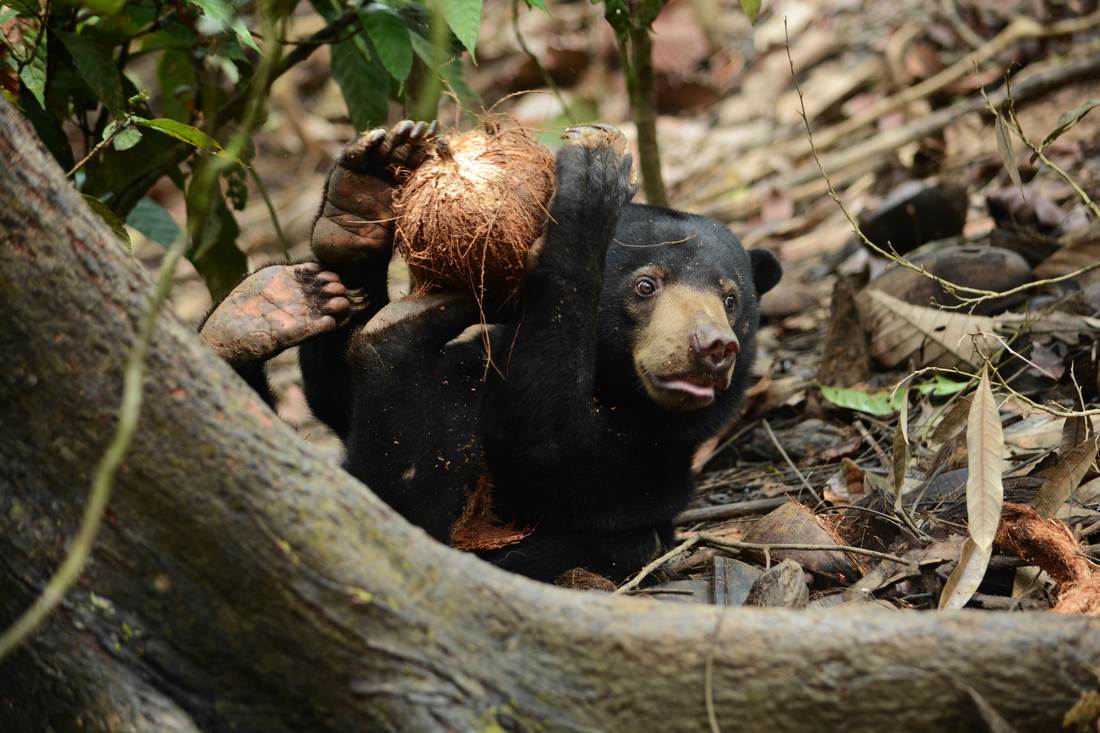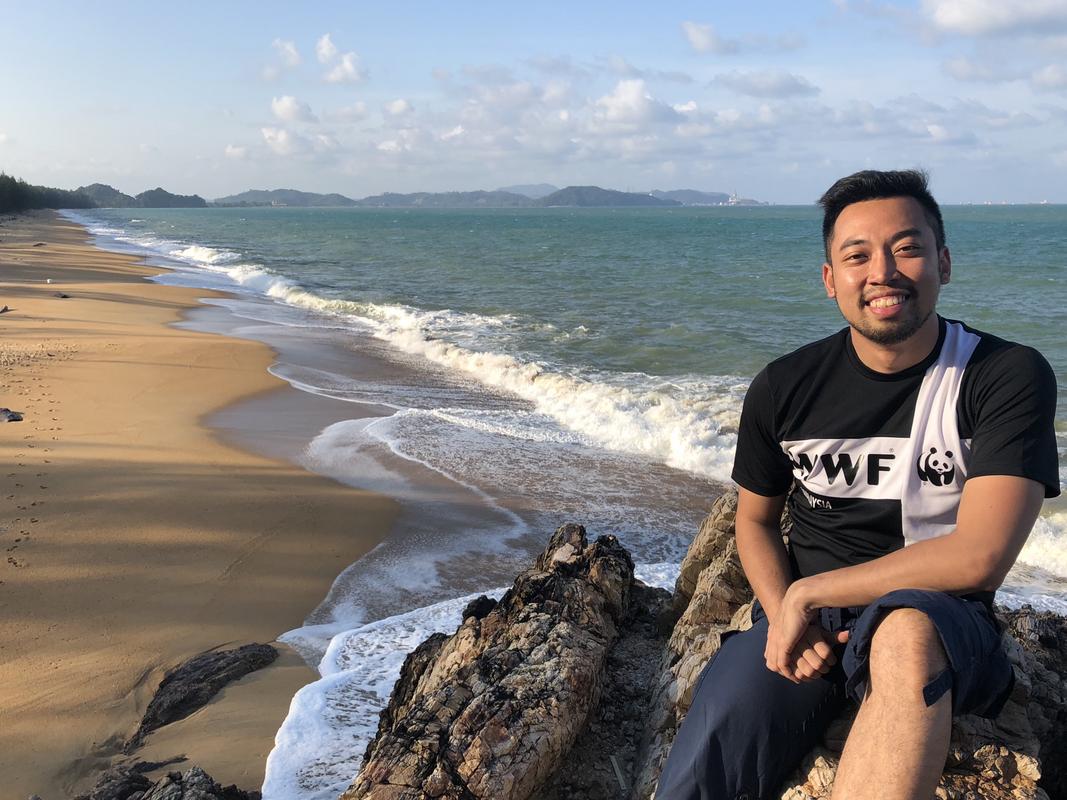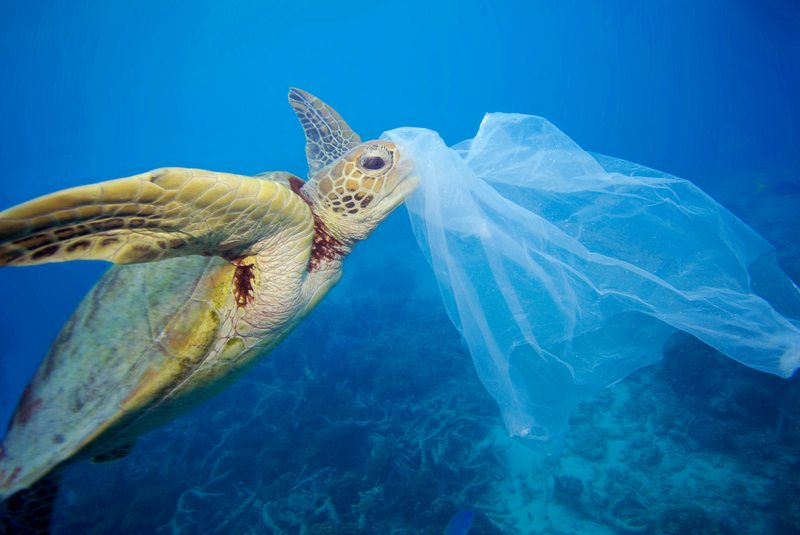These Malaysians Are The Reason Why Our Endangered Animals Are Still Surviving
You can make a difference too.
Could you imagine a world without these animals?
Malaysia is home to some of the world’s most remarkable wildlife. According to the National Biodiversity Index, Malaysia is ranked 12th among 17 megadiverse countries in the world, housing over 15,000 species of vascular plants and 152,000 species of animal life.
Sadly, many of our beloved animals are being threatened due to deforestation, poaching, and illegal trade. These animals are born in Malaysia and they're Malaysians too. So it's time that we as Malaysians become aware of our fellow "Endangered Malaysians" that have been disappearing.
1. Dr. Wong Siew Te, Malaysia’s Papa Bear
Dr. Wong is the founder of Bornean Sun Bear Conservation Centre, which takes care of rescued sun bears in Sabah. The centre houses 44 sun bears and has become one of Sandakan’s top ecotourism destinations. According to Dr. Wong, he first stumbled upon sun bears—the second rarest bear species after giant pandas, while studying overseas.
“I went to the States to do my degree, masters, and PhD in wildlife. There, I met a professor who was looking for a Malaysian to do a study on sun bears. So in 1994, I began studying sun bears for my master's thesis, and in 1998 I came to Sabah for the first time on my own to start a sun bear research programme.”
While doing his research, Dr. Wong found that the situation of sun bears was very dire
In Sabah, he came across many people who were keeping sun bears as pets. Also, no one was concerned about the poaching, illegal trade, or deforestation, and the government lacked the resources to do anything. That’s when he decided to partner with Sabah Wildlife Department, Sabah Forestry Department, and LEAP to build a conservation centre for sun bears.
“I first came here as a student, a scientist. But when I walked the forest, my eyes became open to how amazing it truly was. On the other hand, I also saw the forest was disappearing at an alarming rate, displacing all kinds of wildlife. The more I saw, the more I worried. The more I worried, the more I cared. And the more I cared, the more I started to act.”
When asked about how to get Malaysians to care about wildlife conservation, Dr. Wong said that it all starts with a personal experience
He urges Malaysians to go out there and visit their local hutan lipur and taman negara, or volunteer at places like conservation centres. He believes that once you’ve had that firsthand experience, you will fall in love with Malaysia’s wildlife and naturally want to help improve the situation.
Learn more about Bornean Sun Bear Conservation Centre and the work they do.
2. Gavin Jolis, also known as Bapa Penyu
Gavin Jolis is a senior marine conservation officer for WWF-Malaysia, and focuses on the conservation of endangered marine turtles. Based in Kota Kinabalu, Gavin works with various stakeholders to reduce the threats of poaching and illegal trade of turtle eggs. He also looks into the impacts of climate change on marine species and the coastal communities.
According to Gavin, his interest in wildlife conservation began with every little boy's favourite prehistoric animals—the dinosaurs.
"Watching Jurassic Park made me aware of my surrounding environment. Then, I gradually moved on to countless hours of National Geographic and Discovery Channel documentaries. From there, it sparked an interest for me to learn about the marine environment and its wildlife."
Beyond climate change and human poaching, marine turtles are also facing a different kind of threat—plastic pollution in the ocean
"The plastic in the sea highly threatens our precious marine turtles as they can accidentally ingest the plastic, which they often mistake for jellyfish. A turtle that is caught in plastic may be unable to come up for air; thus drowning in its own habitat."
Ultimately, marine turtles are the nation’s heritage and we should be proud of them
In his 8 years of work, Gavin has seen communities come together and share the same passion for protecting wildlife, and this is what drives him to keep doing what he does in the organisation. He also hopes that all Malaysians will do their part in helping to save endangered marine turtles. And it can start with something as simple as reducing our plastic usage.
3. Dr. Mark Rayan Darmaraj, guardian of Malayan Tigers
Dr. Mark has been working at WWF-Malaysia for the past 14 years, and currently leads the Malayan Tiger Conservation Programme. He is the first and only Malaysian thus far to hold a PhD in Tiger Ecology, and his research has contributed greatly to the conservation planning for Malayan tigers and other species like the Asian tapir.
“I believe that there is still hope for our tigers in Malaysia. I for one, do not want to see our national symbol of pride, that proudly flanks our Jata Negara, to disappear from the face of earth forever. Together, we can save our Malayan tigers from extinction.”
Dr. Mark believes that protecting tigers should be a national responsibility, and the time to save them is now or never
In fact, Malayan tigers are critically endangered—with only around 250 of them left in the wild. If the tiger, being an apex predator, is taken out of the food chain, everything else in the ecosystem suffers, including us.
Nevertheless, Dr. Mark believes that if Malaysians work together to make tiger conservation a national priority, we can still save our tigers. When asked what drives Dr. Mark to keep doing what he’s doing every day, he said:
“(It’s because of) two things mainly – my stellar team at WWF-Malaysia, who work tirelessly everyday to push for greater protection for our tigers, and my daughter who’s just three months shy of her second birthday. She is a daily reminder that it is our duty as Malaysians to ensure that our rich biodiversity remains intact and protected for generations to come.”






